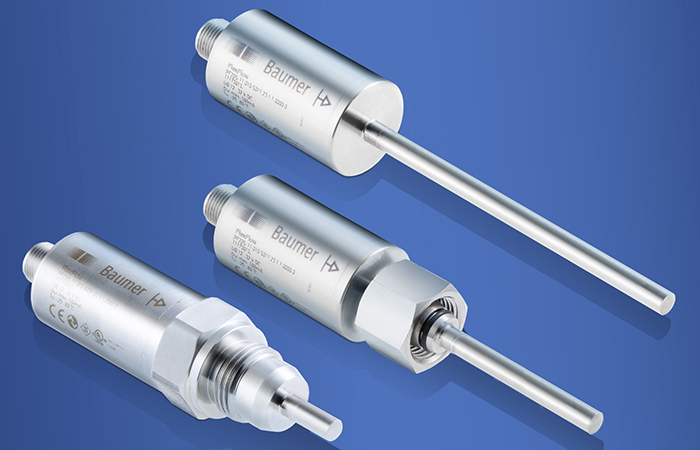
When things start getting hot, conventional flow sensors often reach their limits, for example in heat treatment applications such as high strength ceramics manufacture and cooling circuits in sintering furnaces. When temperatures rise above 100°C, most sensors are unable to cope, can fail after a short period of time and frequently have to be replaced. In the meantime there is a solution with the availability of flow and temperature sensors specifically designed for high-temperature applications. A good example is the range of FlexFlow thermal flow sensors available from BAUMER.
FlexFlow sensors function reliably even at process temperatures up to +150°C and also have the ability to handle transient temperature peaks so their performance is unaffected. Since they have no moving mechanical parts, they are virtually maintenance-free and ensure smooth operation of systems, reliably monitoring flow and speed in high temperature applications.
In sintering furnaces, powdery substances are mixed together and then combined with each other, either by compression or heating. Once the powder masses are formed in this way, the cohesion of the particles is possible and after the preformed mixture has been prepressed in this way, it’s then compressed and hardened by applying heat treatment below melting point. It’s only through this temperature treatment that the product of the sintering process achieves the essential properties required for the eventual application, such as hardness, strength or temperature conductivity.
Typical high temperature applications include the production of high-strength ceramics and metal materials with complex geometrical shapes, such as cutting inserts for tool manufacture, components for motors and transformers and also grinders for coffee machines. Things can certainly heat up in these applications. For example, in silicate ceramics manufacture, temperatures during sintering can range from 800°C to 1400°C, and in technical ceramics up to 2500°C.
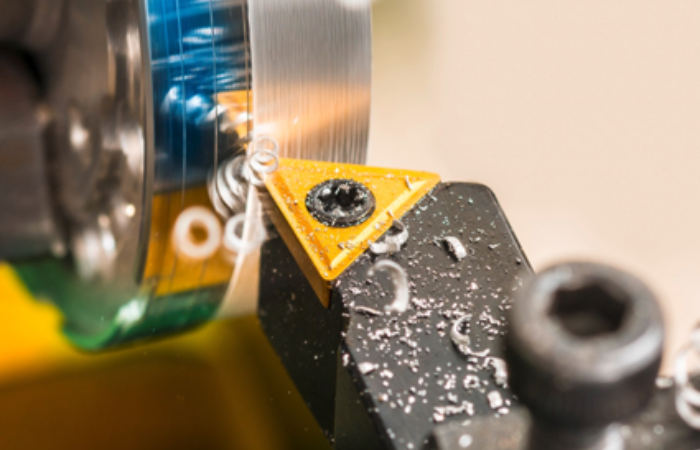
Furthermore, in sintering furnaces and other high temperature applications, procedures can be complex and the demands on systems can be challenging with processes tending to be energy-intensive and therefore expensive. Sintering must take place smoothly over hours or even days under defined conditions, otherwise the consequences would be waste (along with the associated costs) as sintering ovens are generally operating at optimum levels.
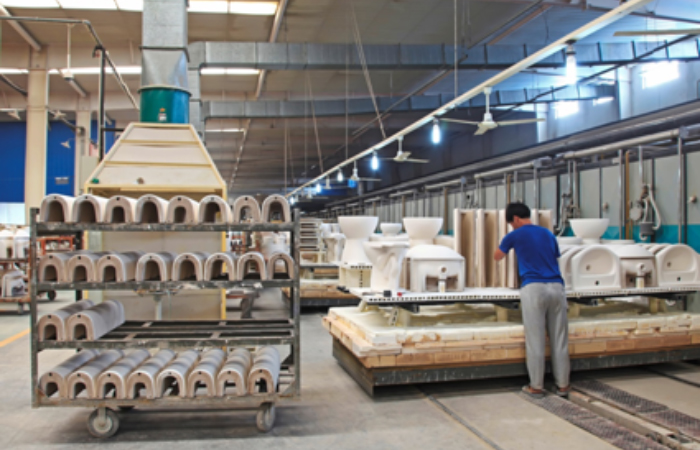
The cooling of the connections of the heating elements is a critical point for reliable functioning so it’s important that breakdowns don’t occur. Water cooling is usually the preferred method and cooling circuits must be constantly monitored during operation. For example, on the basis of the flow rate and temperature of the coolant, sensors in the return flow recognize whether the pumps are working reliably and whether sufficient coolant is flushing the heating element connections.
However, the choice of suitable sensors for this application depends on a number of factors. Coolant temperatures frequently exceeding 100°C are a problem for many sensors and If 20 or 30 or more sensors have to be replaced in large sintering furnaces at regular intervals, the additional costs can be considerable.
In addition to sensors being able to withstand high process temperatures there are also other requirements such as ease of installation. Baumer FlexFlow thermal sensors meet these requirements and have consistently proven their suitability in the cooling systems of numerous sintering furnaces and other high temperature applications.
The calorimetric measuring principle
Thermal flow sensors work according to the calorimetric measuring principle which is based on the physical laws of thermal conduction and thermal transfer in liquids and gases. A body with a higher temperature releases energy into its environment in the form of heat. The amount of this energy release depends on the temperature difference and the mass flow. A heated sensor is cooled by the liquid flowing around it and the degree of cooling is directly dependent on the mass flowing past it. In addition to the flow rate, the media temperature can also be recorded and monitored with one sensor. This reduces the number of measuring points and minimizes the effort required for installation, service and storage.
Easy installation - Optimum Flexibility
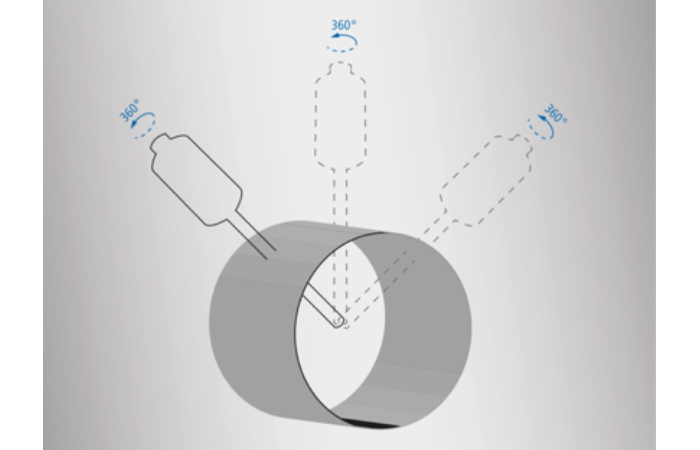
Thanks to their symmetrical, centered design, the sensors can be easily installed in the process regardless of the installation position and orientation, helping to ensure precise measurements and process safety. They are available with different process connections and rod lengths from 16mm to 200mm so are suitable for a variety of applications. In sintering furnaces, the version with the tapered seal connection is usually the preferred option.
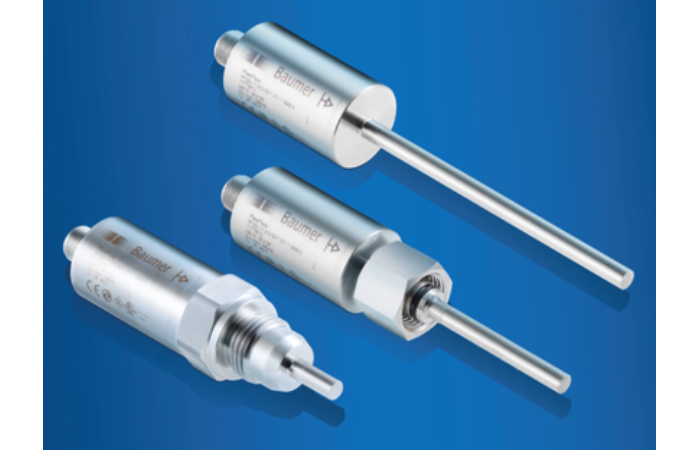
The metallic seal combined with an additional plastic O-ring seal is pressure resistant up to 100 bar, is easy to install in the pipe and, should the situation arise. It’s also quick and easy to replace which helps to minimize downtime and maximize uptime of the system.
Thermal flow sensors by Baumer are suitable for flow rates of 10 to 400 cm/s and temperatures of between -25 and +150 °C so are ideal for cooling systems that operate at high temperatures. They are available either as analog versions (4-20 mA) or with user-adjustable outputs using IO-Link. The versions with analog outputs have proved successful in cooling systems of sintering furnaces and are tamper-proof.
For applications with frequently changing batches or different process steps, the IO interface is the best option as it allows for simultaneous parameterization of several sensors. This simplifies switching point adjustment and saves time. All data can be recorded and managed centrally in the control system, which helps with the overall configuration of the system. ENDS.
Further details available at: https://www.baumer.com/gb/en/efficient-and-flexible-fluid-management-with-the-new-baumer-flexflow-family-of-flow-and-temperature-sensors-/n/news_flexflow










Renewables Surge But Emissions Continue To Creep Up
"While power systems in many countries are on the cusp of – and in some cases have reached – decarbonisation" Only countries with good...